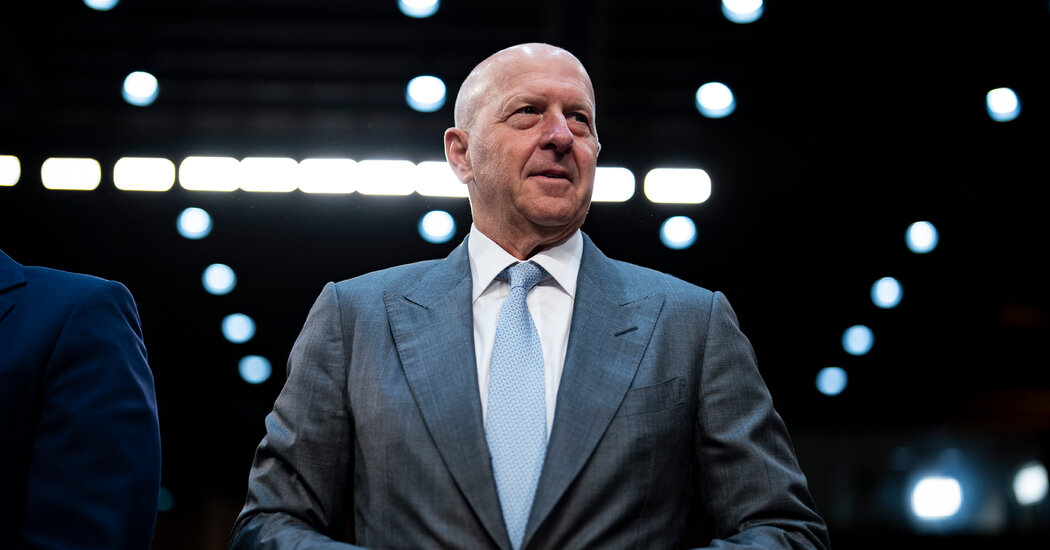Chancellor Rachel Reeves will present her budget on Wednesday against a backdrop of rising unemployment and higher-than-expected government borrowing, but amid signs that this year's rise in inflation may have peaked.
Here, the PA news agency analyzes five key economic indicators that are likely to shape both the content and tone of Ms. Reeves' speech.
– Loan
Government borrowing for the current financial year is reaching a higher level than expected and is the highest on record outside of the Covid-19 pandemic.
Borrowing amounted to £116.8 billion during the seven months from April to October 2025, according to figures published last week by the Office for National Statistics (ONS).
This is £9.9 billion more than the £106.9 billion forecast for this period by the Office for Budget Responsibility (OBR) in March.
It is also the second highest debt figure for April-October since comparable data began to be published in 1993, behind only 2020.
The Government has exceeded forecasts this year due to “a combination of lower than expected tax revenues and higher than expected debt by local councils and other bodies outside the control of central government”, according to the Institute for Fiscal Studies think tank.
This means that when the OBR publishes its new economic forecasts alongside the Budget on Wednesday, total borrowing for the current financial year is likely to be revised upwards, as may be the case for subsequent years.
It is not unusual for a government to borrow money to spend more than it receives in taxes and other revenues.
The last time the government spent less than it received was 25 years ago, in 2000/01.
However, debt is now at a comparatively high level and the latest figures are a reminder of how economic forecasts can be subject to a lot of uncertainty.
If borrowing continues to be higher than expected, Rachel Reeves may need to find additional ways to ensure she has enough “headroom” in her budget to balance the nation's finances.
– Economic growth
Wednesday's new OBR forecasts are also likely to include revised estimates for economic growth in the UK.
Growth in 2025 has slowed as the year progresses.
The size of the economy grew by 0.7% in January-March, 0.3% in April-June and just 0.1% in July-September, according to ONS estimates.
Additionally, the economy is estimated to have contracted 0.1% in September, driven by a drop in engine manufacturing due in part to the cyberattack on Jaguar Land Rover.
The OBR's current growth forecast for all of 2025 (published in March) is 1.0%, rising to 1.9% in 2026.
The UK has recorded annual growth of less than 1% only five times in the last 30 years: in 2008 and 2009 (zero and -4.6% respectively, during the financial crisis); 2011 (0.9%), 2020 (-10.0%, during the pandemic) and 2023 (0.3%).
The Chancellor already knows the new GDP forecasts for 2025 and this will undoubtedly set part of the tone of her Budget speech.
Responding earlier this month to July-September GDP figures, Ms Reeves said: “We had the fastest growing economy in the G7 in the first half of the year, but there is more to do to build an economy that works for workers.
“In my budget later this month, I will make fair decisions to build a strong economy that will help us continue to cut waiting lists, cut the national debt and reduce the cost of living.”
– Inflation
The UK's headline inflation rate stood at 3.6% last month, down from 3.8% in September but above the Bank of England's target of 2%.
It was the first time the rate fell month-on-month since May, suggesting this year's inflation may have peaked.
The figure, based on the ONS Consumer Price Index, is a measure of how much prices have risen on average year on year.
A drop from 3.8% to 3.6% means that prices are not rising as quickly as before.
Any evidence that the cost of living is falling is good news for the Government and Ms Reeves will almost certainly welcome the latest figures during her speech.
It could also mean that the Bank of England is more likely to cut interest rates from their current level of 4% when it makes its next decision in December.
The Bank of England's own forecasts suggest inflation is on course to fall to the 2% target by 2027.
This would mark a return to relatively low inflation in the UK and the end of a turbulent few years that saw the rate hit 11.1% in autumn 2022.
– Unemployment
Estimates of unemployment in the UK are produced by the ONS, but are not currently classified as official statistics.
This is because the figures are based on a survey that has had a low response rate since the pandemic, meaning the data is unreliable and should be treated with caution.
The trend suggested by the latest figures is that unemployment has increased over the last year, from 4.3% of people aged 16 and over in July-September 2024 to 5.0% in July-September 2025.
This is the highest rate outside of the Covid-19 pandemic since 2016.
The OBR's current forecast for the unemployment rate to 2025 is 4.5% and, taking into account ONS data, this figure looks likely to be revised upwards on Wednesday.
Rising unemployment is not a backdrop any chancellor would choose for a budget speech, especially given the confusion over how many people may or may not be out of work.
The unreliability of unemployment figures has been criticized by many economists and statisticians, including Bank of England Governor Andrew Bailey.
Reeves also faces other signs pointing to a weakening labor market, with the number of people on payrolls falling for most of the past 12 months, along with a slowdown in wage growth.
However, the proportion of the workforce classified as economically inactive (who are of working age and not employed but not currently looking for work) has decreased slightly.
It stood at an estimated 21.0% in July-September 2025, compared to 21.6% in the same period of the previous year.
– Retail sales
Finally, the Chancellor will surely have taken note of the latest retail sales figures.
Sales volume fell 1.1% in October, the first monthly drop since May, according to the ONS.
It follows a sharp rise of 0.7% in September, but the fall was bigger than economists had predicted and could signal consumers are being cautious with their money ahead of the Budget.
There was some feedback from retailers that people were waiting for Black Friday deals in November, the ONS added.
Rob Wood, chief economist at Pantheon Macroeconomics in the UK, said: “We expect growth in retail sales volumes to remain subdued in November as pre-Budget speculation reaches a fever pitch.
“We continue to think that consumers should return to the streets when the Budget is approved and there is a little more clarity on fiscal policy.”
Some clarity should come on Wednesday, when the Chancellor stands in the House of Commons to present one of the most anticipated Budgets in recent years.









